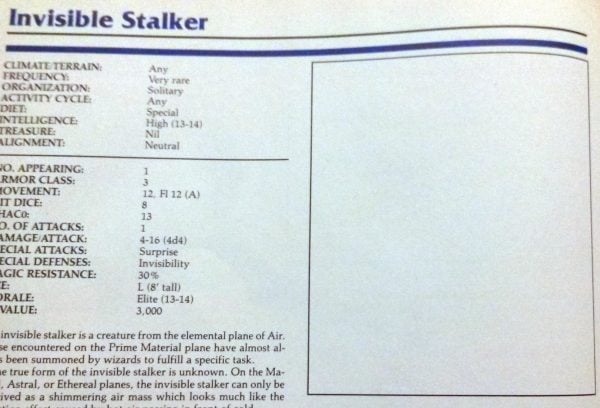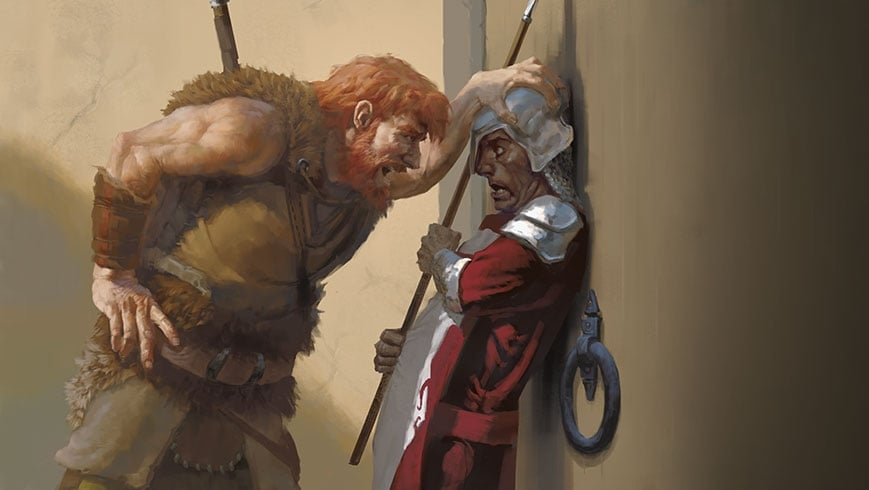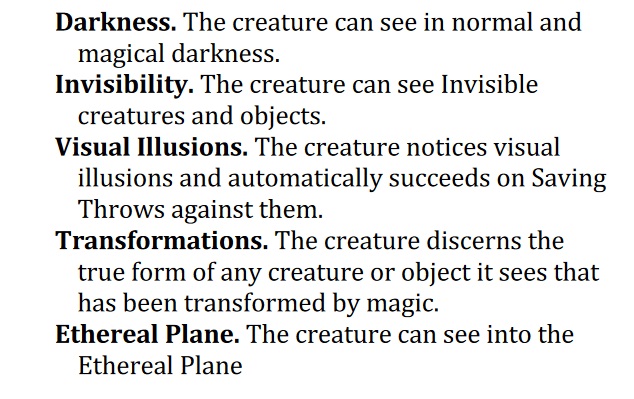One D&D: Core Rules Changes Fix Invisibility’s Weirdest Quirk

In a swath of new One D&D core rules changes, invisibility no longer works if you can be seen. A few other minor tweaks too.
Some of the most overlooked changes in the One D&D Playtest are the core rules updates. It’s not hard to see why. They come after the sexy new species and class features. And in an Unearthed Arcana all about Clerics, who’s going to go looking for grappling rules?
But change ’em they did. And continue to do. As we know they take their audience feedback fairly seriously, and grappling among other things still needs work. But another weird twist is, in this playtest, invisibility no longer works if you can see the invisible creature. Which you’d think would be how it’s always been. But no.
Core Rules Changes
Let’s start with invisibility. So, as it stands in 5th Edition, Invisibility provides several benefits. Here’s the first bullet point:
- An invisible creature is impossible to see without the aid of magic or a special sense. For the purpose of Hiding, the creature is heavily obscured. The creature’s location can be detected by any noise it makes or any tracks it leaves
In a nutshell, you can’t be seen, but unless you Hide, which you can always do when Invisible, the enemy still knows where you are. Which is why you have the second bullet point:
- Attack rolls against the creature have disadvantage, and the creature’s Attack rolls have advantage.
Now the current ruling on this, in 5E, is that if someone has a special sight like blindsight or Truesight or even just casts See Invisibility, those two bullet points are not necessarily connected. You can be seen, which means you can’t hide. But even the effects of a See Invisibility spell, won’t remove the second bullet point, which is weird. But that’s the official ruling from the designers.
But in One D&D that changes. Invisibility gets a new, more sensible version that grants three effects:
- Unseeable – You can’t be seen, so you can’t be affected by any effect that requires its target to be seen. Any equipment you are wearing or carrying also can’t be seen
- Surprise – If you are Invisible when you roll initiative, you have Advantage on the roll
- Attacks Affected – Attack Rolls against you have Disadvantage, and your Attack Rolls have Advantage. If a creature can somehow see you […] you don’t gain this benefit against that creature
The new rules make a lot of sense. And showcase One D&D’s design principles in a handy single package. Game terms that were a little looser in 5th Edition (what does not being seen mean?) get more definition. You’re explicitly immune to effects that require you to be seen. Getting Advantage on Initiative while Invisible is a nice new benefit. And Blindsight or whatever removes Invisibility’s big advantage.
Other Changes
Grappling gets a slight change, very slight. But one worth mentioning. As it is now, a creature Grappling another imparts the Grappled Condition, which changes the affected creature’s speed to 0, makes them have disadvantage on Attack Rolls against any target other than the grappler, and makes them Movable. That is, the Grappler can drag them around, but is slowed – unless they’re bigger than you.
Grapples can be escaped with a Dex or Strength Saving Throw, which has caused no end of consternation since the Ability check portion of Grappling is now gone. And you only do it at the end of your turn. But you can also end a grapple by not being there.
Previously it had to be something that moved you so a weird technicality meant that the grappler could be pushed from you and you’d still RAW be grappled, but that wasn’t meant to be. And while common sense should dictate that the grapple is ended, the rules also reflect that. The grapple ends if something removes you from the grapple’s range. And that works both ways.
The Influence Action got a big change. Now it’s a minimum DC of 15 or a creature’s Intelligence score, whichever is higher, to successfully influence a creature. If you succeed, no conditional successes, the creature simply does as asked. Fail, and you have to wait a default of 24 hours before you can try to influence them again if that’s even possible. Also, the skills you can use are codified. So whether you’re using Persuasion or Deception, it’s all still Influence. That may or may not last, depending on playtest feedback.
Other changes are relatively minor:
- Long Rests can be resumed after an interruption, but you need an extra hour to finish, per interruption
- The Magic Action works for Spells or activating Magic Items or other magical Features
- Finally Truesight has been added to One D&D, and here’s what Truesight does:
What do you think of the changes? What would you fix or make different about the next edition of D&D? Be sure and let WotC know, the survey for this playtest packet opens December 21st.
Happy Adventuring










